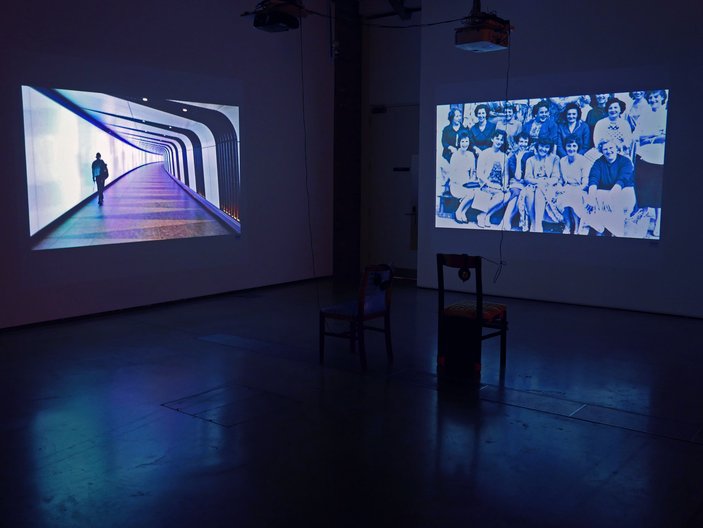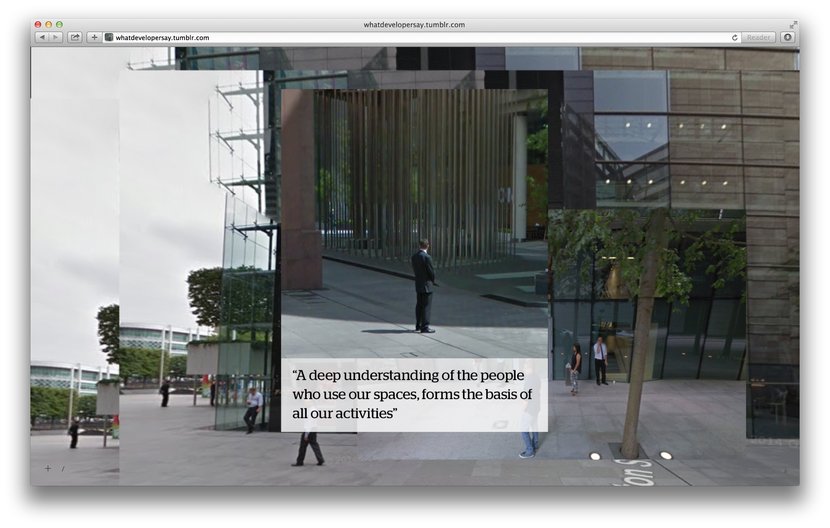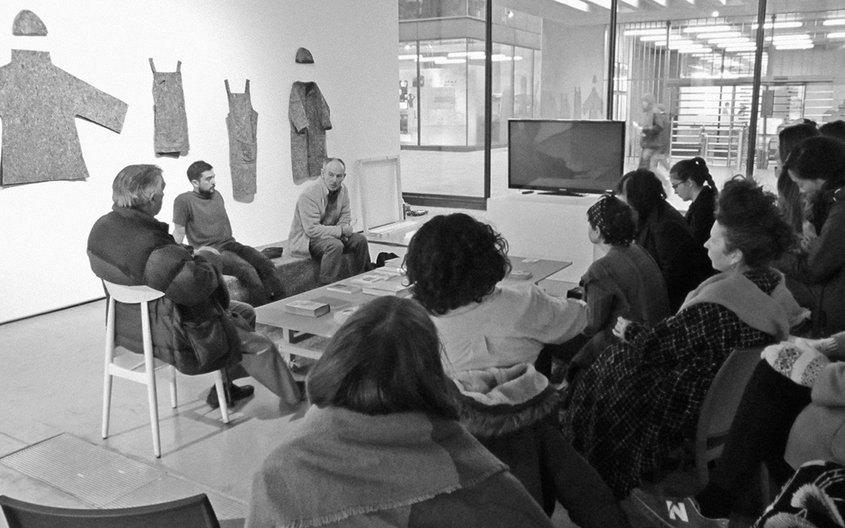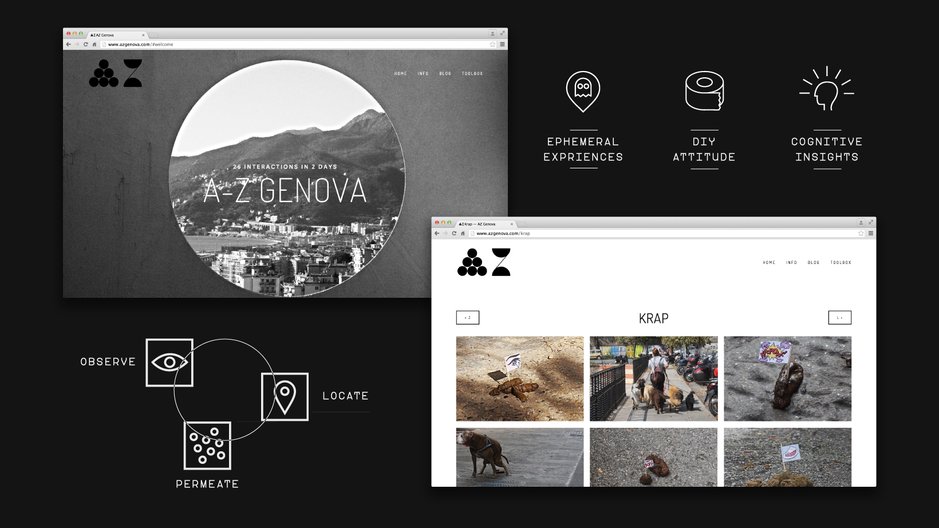13 March 2016
by Gian Luca Amadei / Luca Picardi
Luca Picardi is the recipient for the Helsinki design residency 2016. As part of the programme Luca will be travelling to Helsinki in May and September. While on his residency Luca will investigate the formation and development of urban areas in Helsinki. Ahead of his trip I had the opportunity to ask him few questions about his previous work and details about this plans for Helsinki.
Tell us a bit about yourself, what is your background and areas of interest?
I’m a London based communication designer with a background in Anthropology. I try to inform my work with different disciplines from photography and urbanism to ethnographic research and graphic design, and I hope that this is reflected in its process and shape.
What are you working/researching on at the moment?
Currently I’m working as a design strategist at a design consultancy. Outside of this practice, I’ve worked on a number of urban initiatives from documenting privatised public environments across London to exploring the deep disconnect in some peripheral urban landscapes in Italy. Most recently I finished an art residency at Central Saint Martins where I looked at the complex socio-spatial dynamics of the Kings Cross area through images, videos, street soundscapes and stories from local residents.
Why are you interested in Helsinki?
I’ve always been intrigued by the design scene in Helsinki and the clean-lined Scandinavian aesthetic is a very appealing factor. Design also seems to play an important role beyond craftsmanship as a tool for enabling society. Sitra, the Finnish Innovation Fund, sets an example for using design to shape government policy, and I'm keen to understand how this is applied to different issues and how it generates tangible change.
What are you planning to research during your residency in Helsinki?
A number of ambitious schemes are being developed, and a particularly interesting area is the growth of "mobility on demand" to reduce car ownership. Within this emerging theme alone there are a series of open-ended questions that could generate intriguing responses to the city. How are new interfaces between people, transport, and planning affecting citizenship? How are decision-making processes being perceived or altered? What is this doing to the relationship between periphery and city centre? These questions could be a good starting point to understand and explore Helsinki through its design, people, and ideas.
What are you hoping this residency experience will bring to your practice?
I hope to make some meaningful connections and engage in collaborations with people in Helsinki to learn new perspectives, which could enrich my approach to civic driven design.



